Study finds GWP of electrolyzed hydrogen to meet ORD’s fuel needs would be 2.5x that of fossil fuels with 2020 grid mix
Green Car Congress
SEPTEMBER 10, 2023
Phil Ansell, an aerospace engineer at the University of Illinois Urbana-Champaign, modeled the life cycle carbon dioxide equivalent emissions of liquid hydrogen production required to meet the fuel needs of Chicago’s O’Hare International Airport (ORD) with today’s electric grid mix.









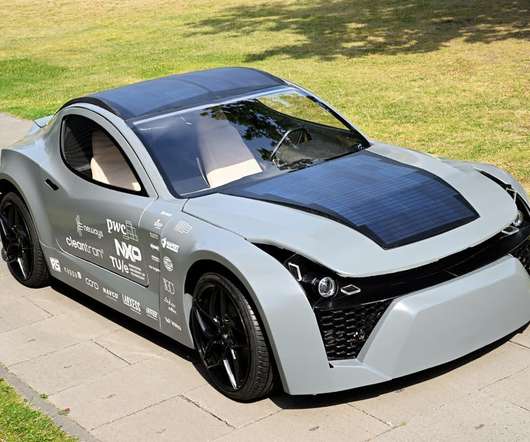
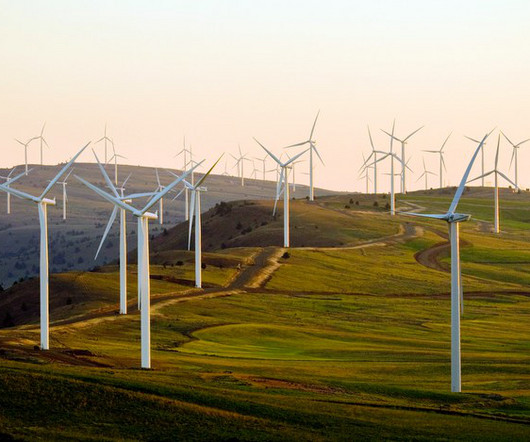

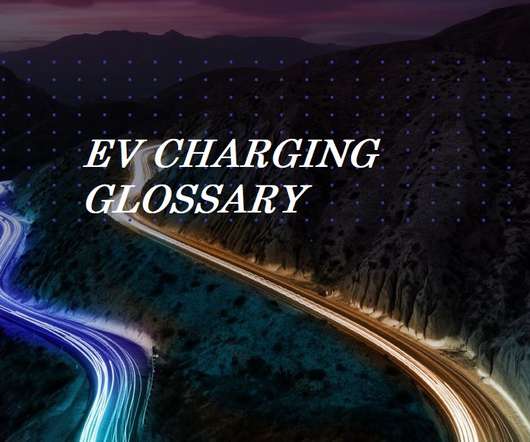
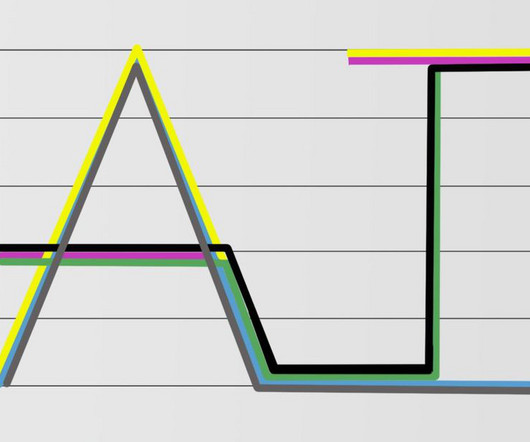
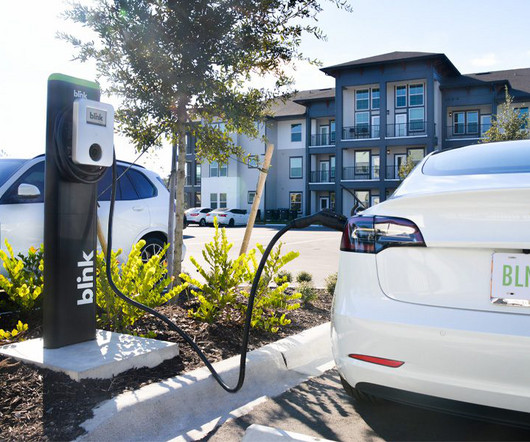

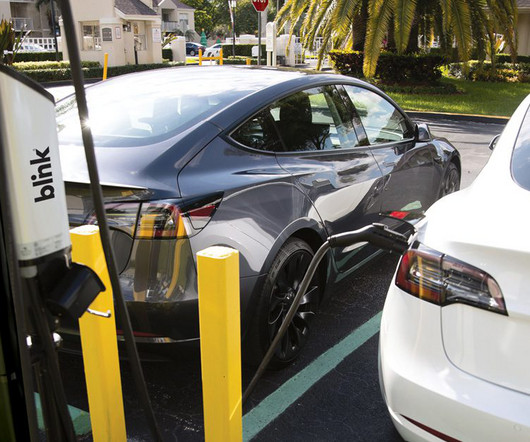
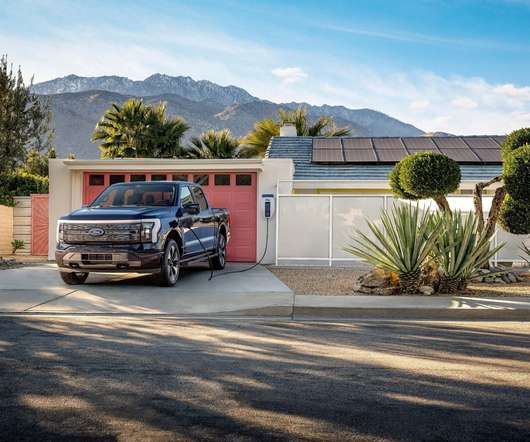
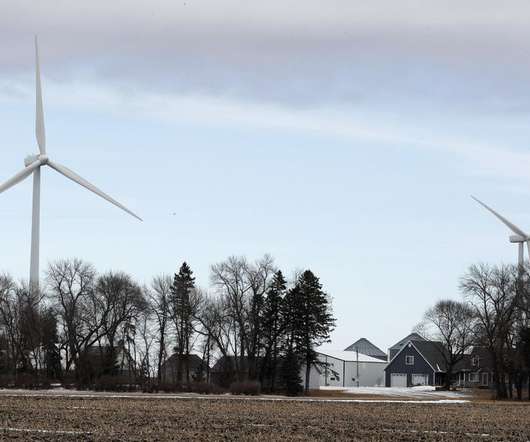







Let's personalize your content